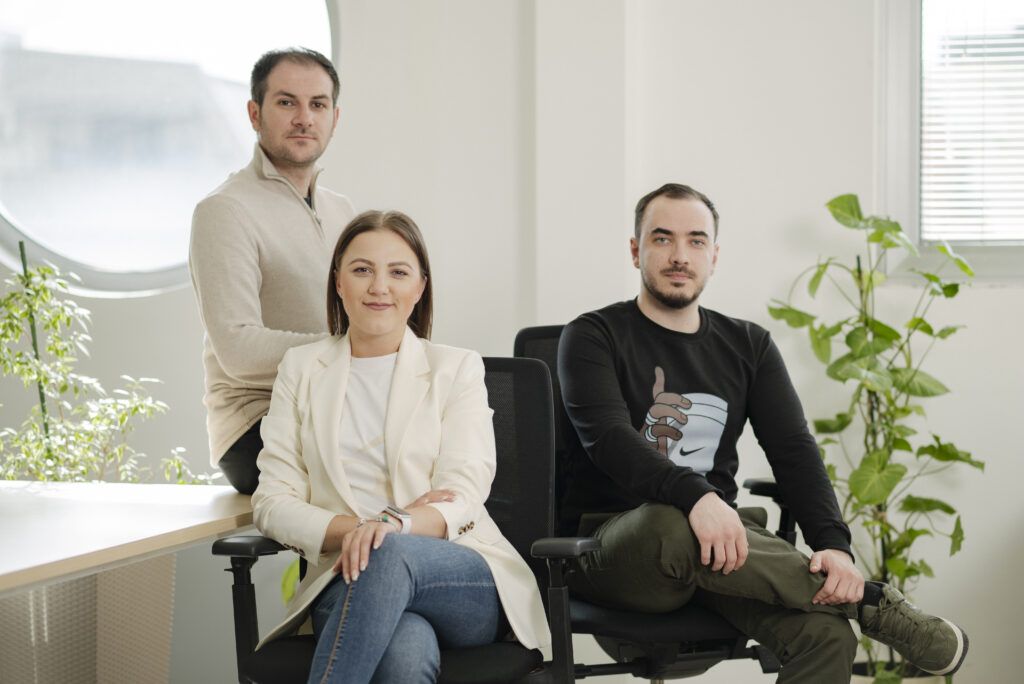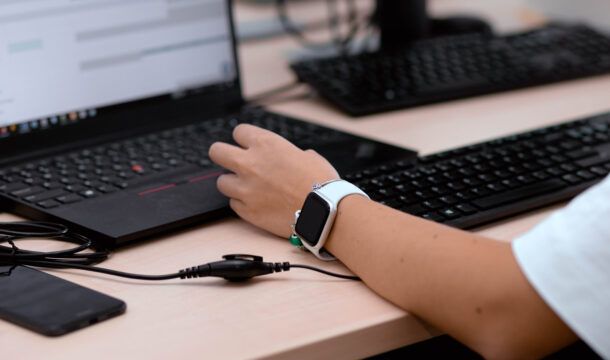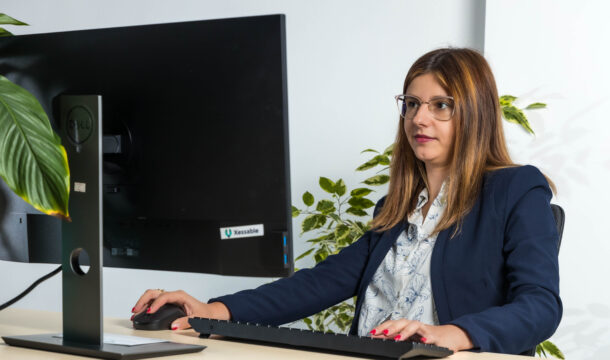Project Overview
- Client: Ultra AI
- Country: Switzerland
- Year: 2025 (January-April)
- Project Scope: Software Development and testing of the web app, an MRI reader.
- Technologies used: .NET 8, React.js, EngineX.
Client Background
Our client, The Ultra Inc., is a startup founded by a radiologist with a vision to enhance the capabilities of fellow radiologists, hospitals, and research institutions. The goal was to build a web-based MRI reader capable of accelerating diagnosis, especially in regions with limited access to advanced healthcare tools.
The Needs and Challenges
The Ultra Inc. needed to develop a Minimum Viable Product (MVP) that could:
- Accept MRI scan images via an API,
- Generate diagnostic reports by integrating with the core LLM,
- Enable data export for further analysis.
The Ultra Inc. required a stable, scalable solution that could be used by professionals in hospital and research environments, ensuring faster and more accurate processes, enabling faster mapping and diagnostics of potential high risks. A key challenge was ensuring the system could handle complex imaging data while remaining accessible and compliant with modern standards.
Solutions Implemented
Our team delivered a complete software development and testing solution using modern technologies: .NET and React, to create a secure, high-performing web application. The scope included:
- API integration to handle image uploads and connect with the core LLM,
- Development of modules for segmentation and both 2D/3D visualization for enhanced interpretation,
- Implementation of core functionalities including authentication, authorization, user management, and historical data tracking,
- Hosting support to ensure the application was always available and securely maintained.
This solution’s goal is to reshape the traditional use of MRIs by introducing intelligent, automated, and interactive modules that go beyond static image review by transforming the diagnostic process into a faster and more insightful experience.
Talent Integration
Our solution was powered by a dedicated team of two full-stack engineers with strong expertise in .NET and React. We maintained regular sync meetings, providing consulting services throughout the process, including setup, planning, and implementation phases. Our team’s involvement went beyond coding, they were actively engaging with the client’s vision and translating scientific goals into scalable software solutions. The team ensured close collaboration and transparent communication through continuous sync meetings and feedback loops.

Project Impact
The resulting MVP served as a strong technical foundation for future scaling and modular expansion. The inclusion of advanced features such as 2D/3D visualization and segmentation positioned the product as a powerful diagnostic aid. Most importantly, the application directly supports faster detection and prevention of illnesses by streamlining MRI reading and reporting processes.
This innovation also has a humanitarian dimension: by enabling access to advanced diagnostic capabilities in socioeconomically underdeveloped regions, it bridges gaps in healthcare accessibility and quality while saving lives.
“We partnered with this exceptional software engineering company to develop an MVP that improves MRI diagnostics for radiologists. Their expertise resulted in a robust, scalable web application. Their commitment to understanding our vision and delivering innovative solutions has made a significant impact on our mission to improve healthcare outcomes.”
Conclusion
This case study exemplifies how technology and science can come together to serve a shared mission of the social good. Through our partnership with the client, we delivered more than just one product. We contributed to a vision of early diagnosis, equitable healthcare, and scientific advancement. The project underlines our commitment to delivering high-impact, meaningful tech solutions that bring long-term value and measurable outcomes.



